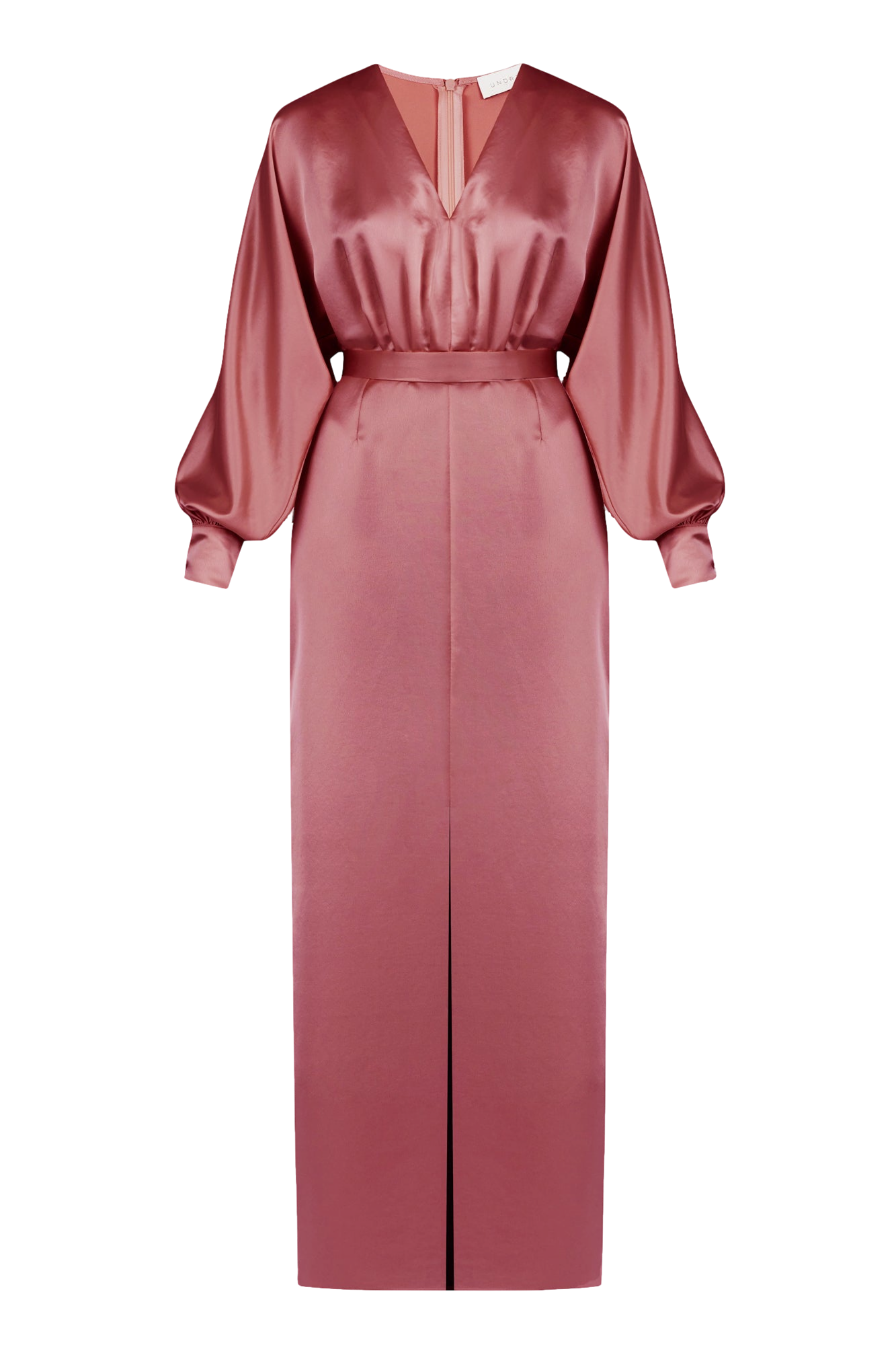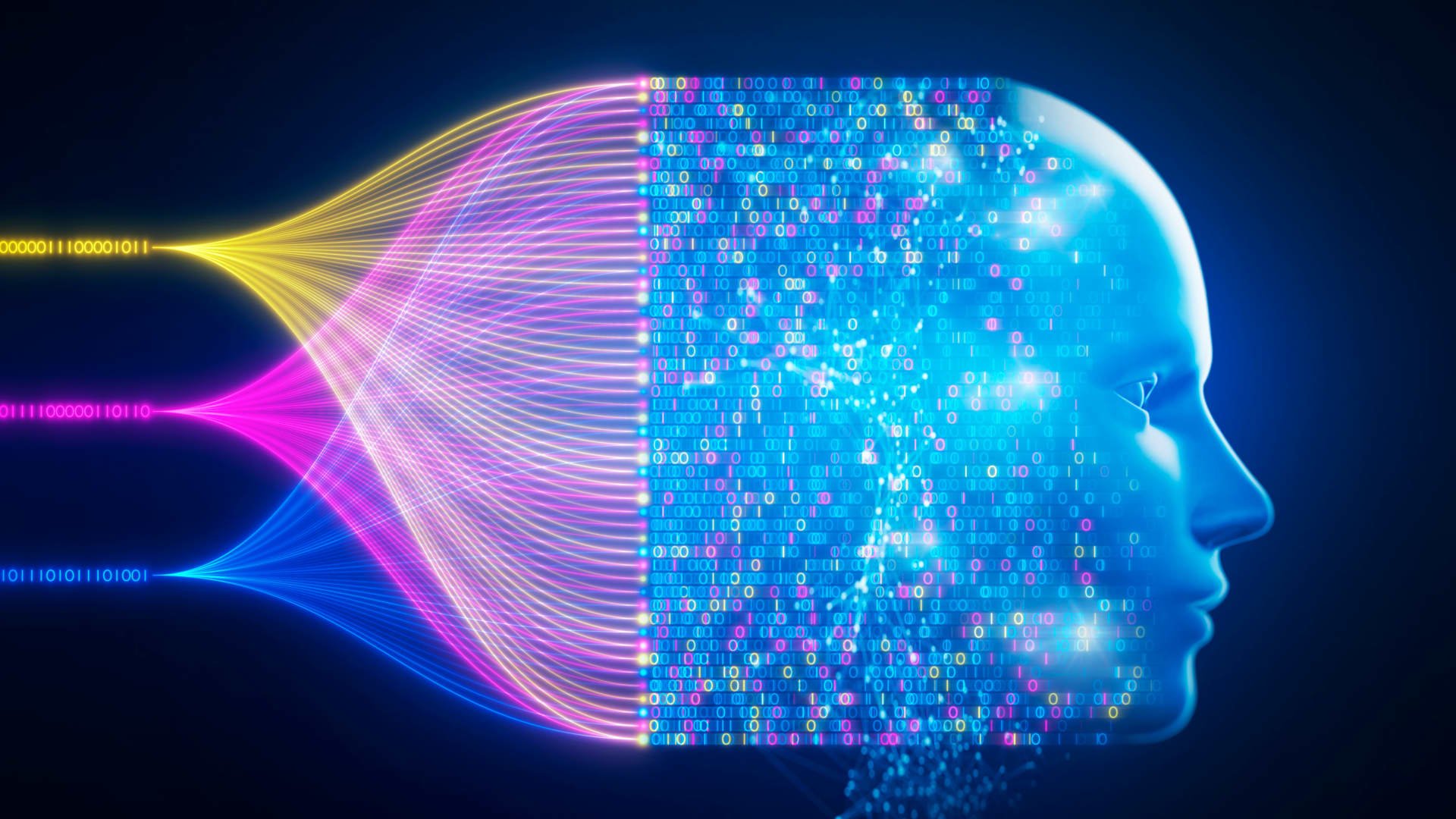Let me break it down for you straight—AI photo undress is one of the most talked-about technologies today. It's not just a trend; it's a conversation starter that’s sparking debates worldwide. Whether you're into tech or not, this is something that affects everyone. So, buckle up because we’re diving deep into the world of AI and its implications.
Now, you might be wondering, what exactly is AI photo undress? In simple terms, it's a form of artificial intelligence that can digitally remove clothing from photos. Sounds wild, right? But here’s the thing—it’s not just about the tech itself; it’s about the ethical, legal, and social implications that come with it. This isn’t just a toy for tech enthusiasts; it’s a tool that raises serious questions about privacy and consent.
As we explore this topic, we’ll cover everything from how it works to why it’s controversial. By the end of this article, you’ll have a clearer understanding of AI photo undress and its impact on society. So, let’s jump right in and unpack this tech phenomenon together.
- Shirley Maclaine At 90 Rare Appearance Amp New Book Details
- Remembering Fred Berry The Life Of Rerun From Whats Happening
What is AI Photo Undress and How Does It Work?
AI photo undress is essentially a software that uses deep learning algorithms to analyze and manipulate images. The technology works by training neural networks on large datasets of images, allowing it to predict and generate realistic results. Think of it like teaching a computer to "see" and "understand" human anatomy, then using that knowledge to digitally remove clothing.
Here’s the kicker—it’s not just about removing clothes. The software also has to account for lighting, shadows, and other environmental factors to make the result look as realistic as possible. This level of complexity is what makes AI photo undress both fascinating and alarming.
Breaking Down the Tech Behind AI Photo Undress
- Deep Learning: The backbone of AI photo undress is deep learning, where the system learns from vast amounts of data.
- Neural Networks: These networks mimic the human brain’s structure to process and interpret visual data.
- Image Manipulation: The software doesn’t just erase clothing; it reconstructs the body underneath, making the result look natural.
It’s like giving a computer the ability to "imagine" what’s hidden beneath the surface. Cool, right? But as you’ll see, this tech comes with its fair share of baggage.
- Nia Sioux Frazier Dance Moms Stars Life Career 2024 Update
- Michelle Moyer Life After Dennis Rodman Her Kids Net Worth
Why is AI Photo Undress Controversial?
The controversy surrounding AI photo undress revolves around privacy, consent, and ethics. Imagine someone using this tech to create explicit images of you without your permission. Scary, isn’t it? That’s why many people are concerned about the potential misuse of this technology.
Let’s face it—tech like this can be a double-edged sword. On one hand, it’s an incredible feat of engineering. On the other hand, it opens the door to exploitation and abuse. The question is—how do we balance innovation with responsibility?
Key Concerns About AI Photo Undress
- Non-Consensual Use: One of the biggest concerns is the creation of non-consensual explicit content, often referred to as "deepfake porn."
- Privacy Violations: People are worried about their personal images being used without their knowledge or consent.
- Ethical Dilemmas: The tech raises questions about the boundaries of digital manipulation and its impact on trust.
These concerns aren’t hypothetical—they’re real issues that need to be addressed. As we move forward, it’s crucial to establish guidelines and regulations to ensure this tech is used responsibly.
Legal Implications of AI Photo Undress
When it comes to AI photo undress, the legal landscape is still evolving. Different countries have different laws regarding privacy and consent, making it challenging to create a universal framework. However, there are some key legal considerations to keep in mind.
For instance, in the U.S., the use of AI photo undress without consent may fall under existing laws related to revenge porn and cyberstalking. In other countries, there may be specific regulations addressing deepfake technology. The bottom line is—legal action can and should be taken against those who misuse this tech.
Key Legal Frameworks to Know
- Revenge Porn Laws: Many countries have laws against sharing intimate images without consent.
- Cyberstalking Regulations: These laws can be applied to cases where AI photo undress is used to harass or intimidate individuals.
- Intellectual Property: The use of copyrighted images in AI photo undress may also raise legal questions.
As the tech continues to evolve, so too will the laws that govern it. It’s important for lawmakers and tech companies to work together to create a fair and effective legal framework.
The Ethical Debate Surrounding AI Photo Undress
Beyond the legal implications, there’s a broader ethical debate about AI photo undress. Is it right to create technology that can manipulate images in such a way? Should we prioritize innovation over privacy? These are tough questions with no easy answers.
Some argue that the tech itself isn’t inherently bad—it’s how it’s used that matters. Others believe that the risks outweigh the benefits, and that we should proceed with caution. As society grapples with these questions, it’s essential to consider the long-term impact of this technology.
Key Ethical Considerations
- Consent: Ensuring that individuals have control over how their images are used is crucial.
- Trust: The misuse of AI photo undress can erode trust in digital media and technology.
- Accountability: Tech companies must take responsibility for the tools they create and how they’re used.
At the end of the day, ethics should guide the development and use of AI photo undress. It’s not just about what we can do—it’s about what we should do.
Impact on Society and Culture
AI photo undress has the potential to reshape how we view privacy and consent in the digital age. It challenges us to rethink what it means to be in control of our own image. For some, it’s a tool for creativity and expression. For others, it’s a threat to personal freedom.
As this tech becomes more widespread, it’s likely to influence cultural norms and expectations. Will we become more accepting of digital manipulation, or will we push back against it? Only time will tell, but one thing is certain—this conversation isn’t going away anytime soon.
How AI Photo Undress is Changing the Game
- Media Manipulation: The rise of AI photo undress highlights the growing concern over media manipulation and misinformation.
- Digital Identity: It raises questions about how we define and protect our digital identities.
- Trust in Technology: The tech industry must work harder to earn and maintain public trust.
These changes aren’t just happening in a vacuum—they’re part of a larger shift in how we interact with technology and each other.
Steps to Protect Yourself from AI Photo Undress
If you’re worried about the potential misuse of AI photo undress, there are steps you can take to protect yourself. Awareness is key, and being proactive can make a big difference. Here are some tips to keep your digital presence secure.
First, be mindful of what you share online. Think twice before posting photos that could be used against you. Second, use strong privacy settings on social media platforms to control who can see your images. Lastly, stay informed about the latest developments in AI technology and how it might affect you.
Practical Tips for Staying Safe
- Secure Your Accounts: Use strong, unique passwords and enable two-factor authentication.
- Limit Sharing: Be cautious about sharing personal photos online.
- Report Misuse: If you discover non-consensual content, report it immediately to the platform and authorities.
By taking these steps, you can reduce the risk of falling victim to AI photo undress and other forms of digital manipulation.
The Future of AI Photo Undress
Looking ahead, the future of AI photo undress is uncertain. Will it become a mainstream tool, or will it remain on the fringes of tech innovation? One thing is clear—this technology isn’t going away anytime soon. As it continues to evolve, so too will the debates surrounding it.
It’s up to all of us—individuals, companies, and policymakers—to shape the future of AI photo undress. By prioritizing ethics, privacy, and accountability, we can ensure that this tech is used for good rather than harm.
Predictions for the Future
- Regulation: We’re likely to see more regulations and guidelines governing the use of AI photo undress.
- Innovation: The tech will continue to advance, opening up new possibilities and challenges.
- Public Awareness: As awareness grows, people will demand greater transparency and control over their digital images.
Only time will tell how this story unfolds, but one thing is certain—AI photo undress is here to stay.
Conclusion: What You Need to Know
AI photo undress is a complex and controversial technology that’s sparking important conversations about privacy, consent, and ethics. While it’s an incredible feat of engineering, it also raises serious concerns about misuse and exploitation. As we’ve explored, the key to navigating this tech lies in striking a balance between innovation and responsibility.
So, what can you do? Stay informed, stay safe, and speak up. If you’re concerned about the impact of AI photo undress, share your thoughts and encourage others to do the same. Together, we can shape a future where technology serves humanity, not the other way around.
And hey, don’t forget to leave a comment, share this article, or check out some of our other content. Let’s keep the conversation going!
Table of Contents
- Remembering Richard Blum A Legacy Of Impact Influence
- Nate Cabral Rhonj Husband Net Worth Age Career Revealed


